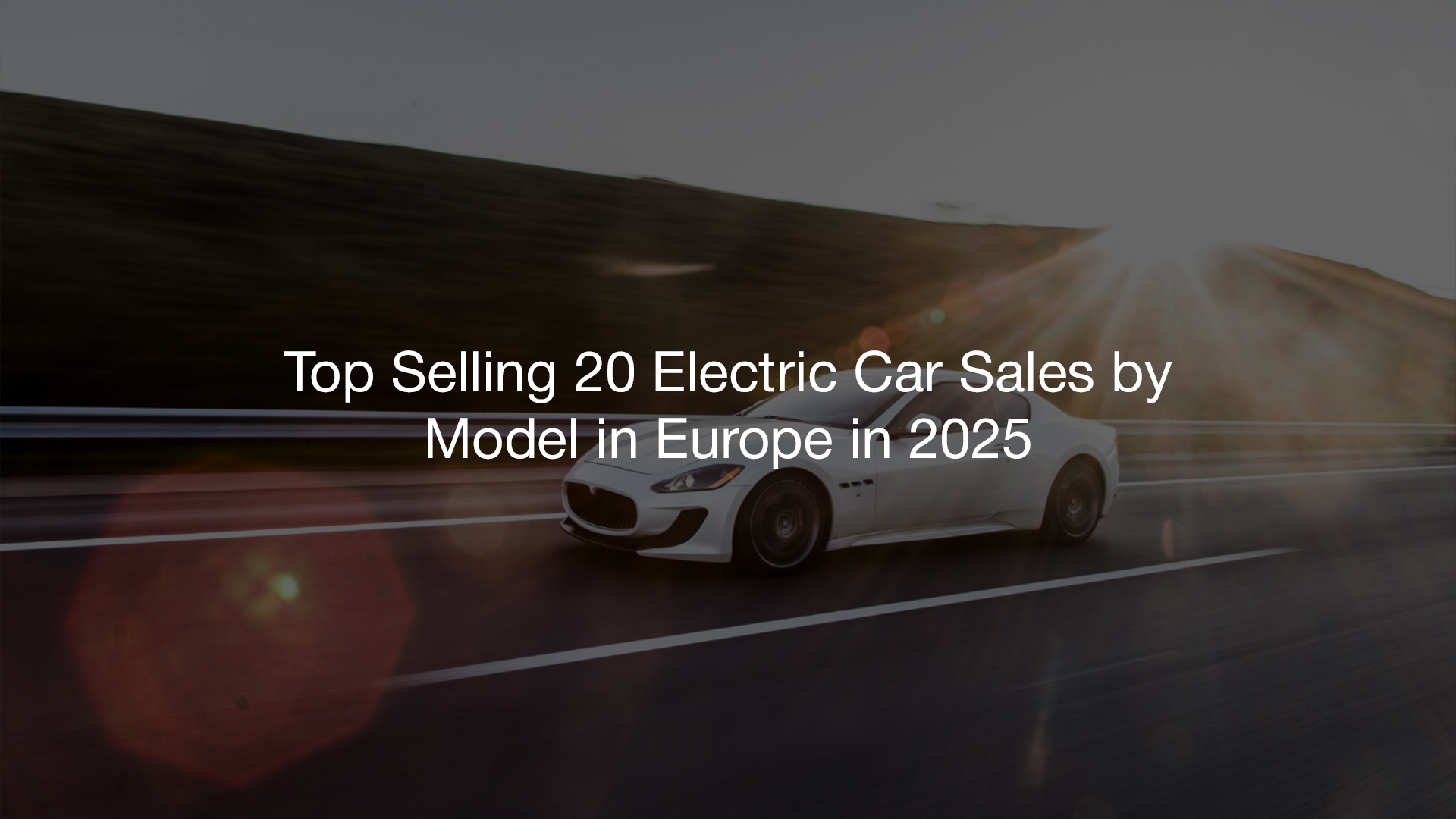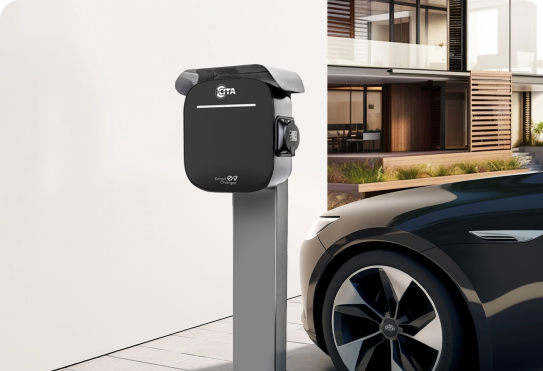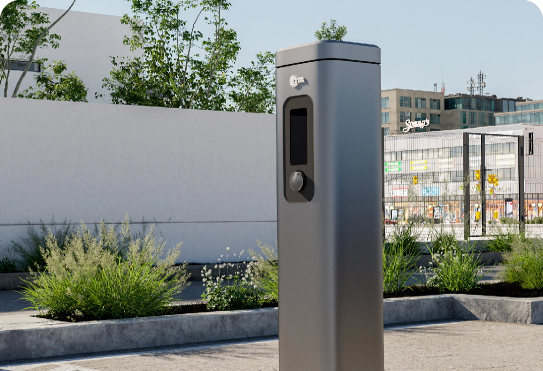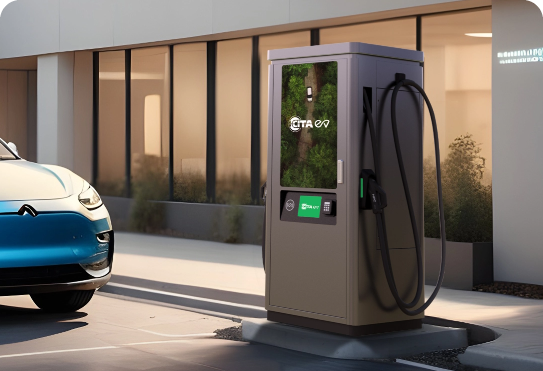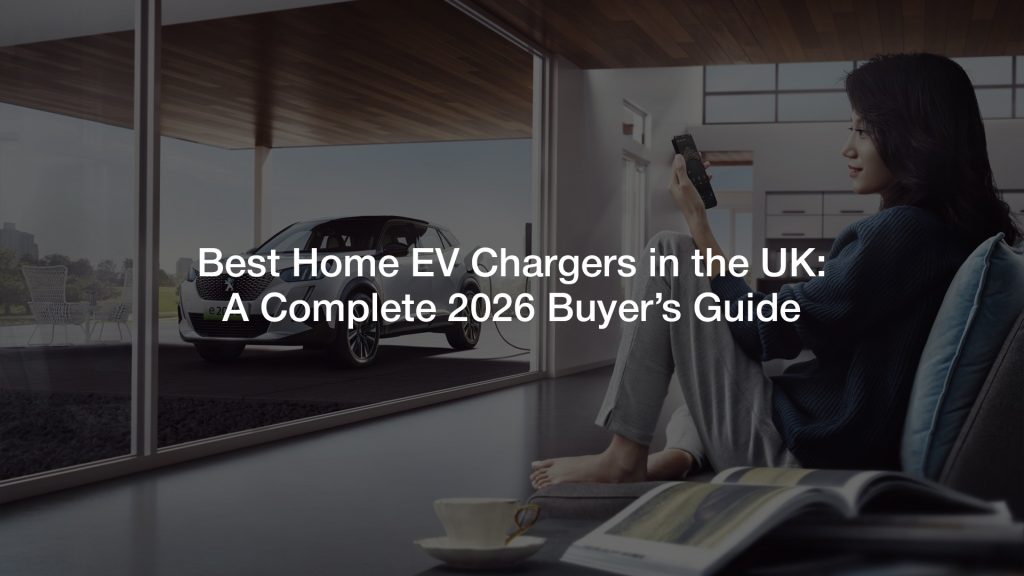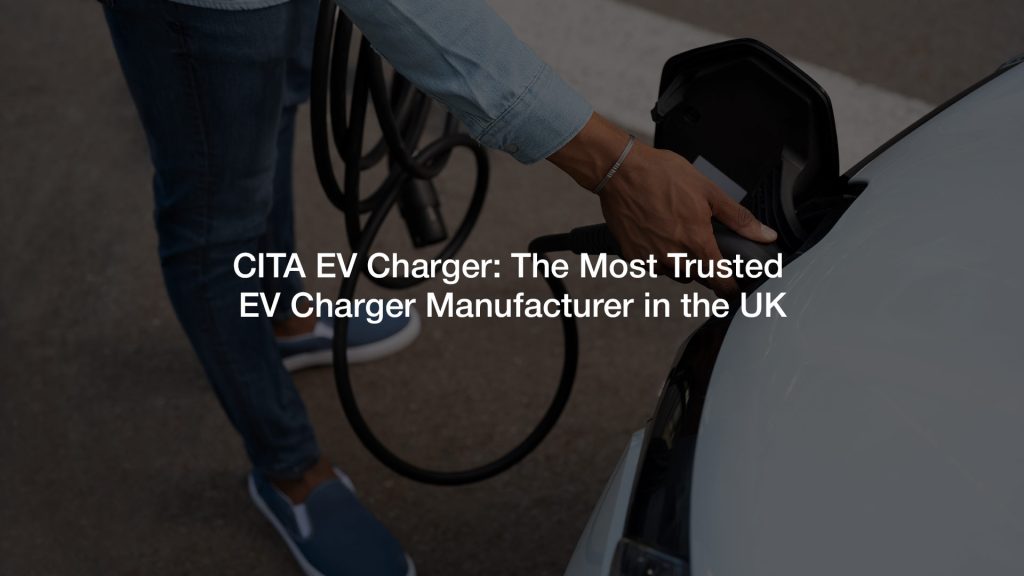What’s driving the massive surge in electric car sales across Europe in 2025? In the UK alone, over half a million new electric vehicles were registered in the past year, proving that the shift to electric is no longer just on the horizon – it’s already here.
Across Europe, governments are backing EV adoption with stricter emissions rules, attractive incentives, and an expanding charging network. Consumers, too, are embracing the lower running costs, cleaner driving, and growing variety of models. The real question now is: which electric cars are capturing the most attention – and sales – this year?
Europe’s Top 20 Electric Car Sales by Model (2025)
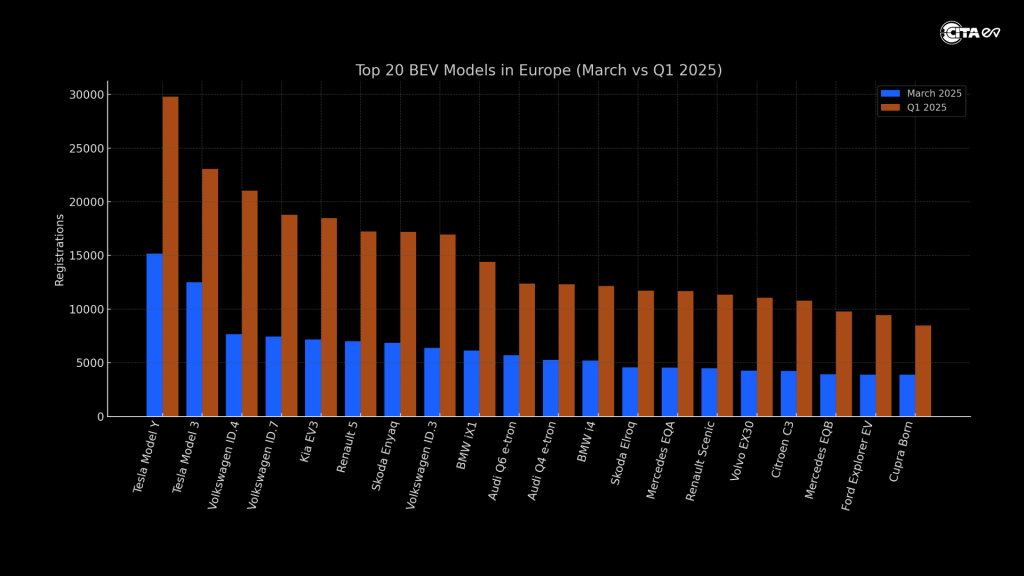
Before diving into the list, it’s important to understand why these numbers matter. Europe’s EV market is rapidly maturing, with established players holding ground while newcomers disrupt expectations.
Each model in the top 20 isn’t just a car – it represents changing consumer priorities, evolving technology, and the critical need for smart EV chargers to support daily driving.
Let’s look at who’s leading the pack.
1) Tesla Model Y
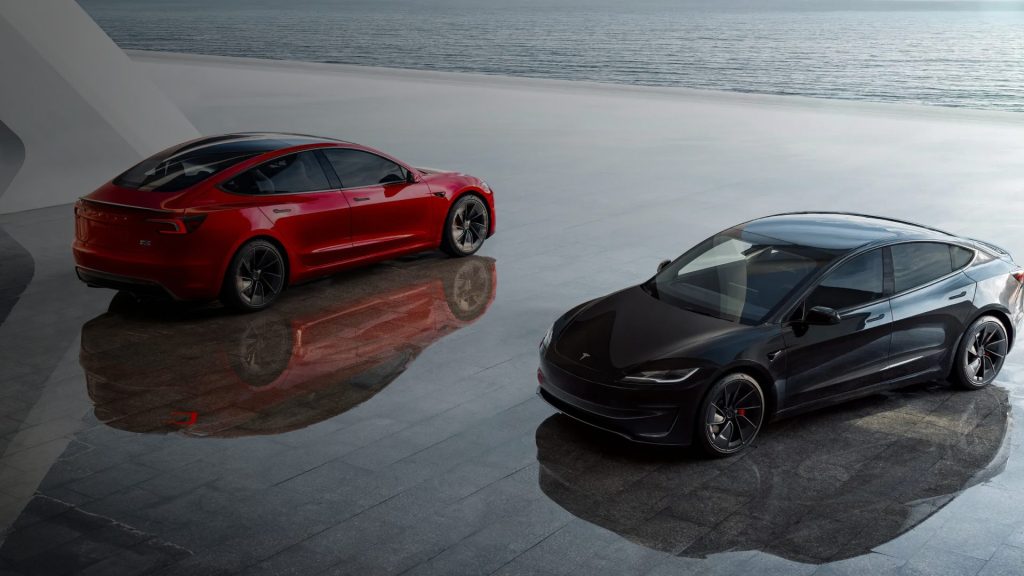
Still the most popular EV in Europe, the Tesla Model Y posted 29,770 sales in Q1 2025, even with a sharp 49% year-on-year dip. Its blend of space, performance, and access to Tesla’s vast Supercharger network keeps it well ahead of rivals.
The Model Y shows how long-standing brand trust and consistency in delivery help maintain dominance despite growing competition from European manufacturers.
2) Tesla Model 3
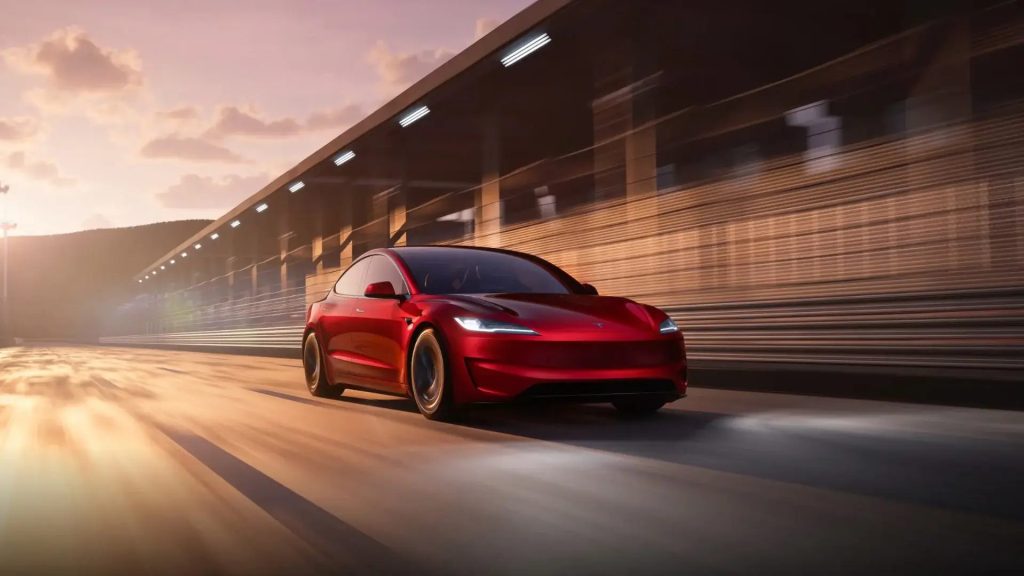
The Model 3 remains one of Europe’s most loved sedans, moving 23,044 units in Q1. Though sales dropped 14% year-on-year, its sleek design, tech-driven interior, and affordability make it resilient.
It continues to capture buyers who want Tesla performance at a lower price point, proving that compact EV sedans still have a huge role in driving mainstream adoption across urban centers.
3) Volkswagen ID.4
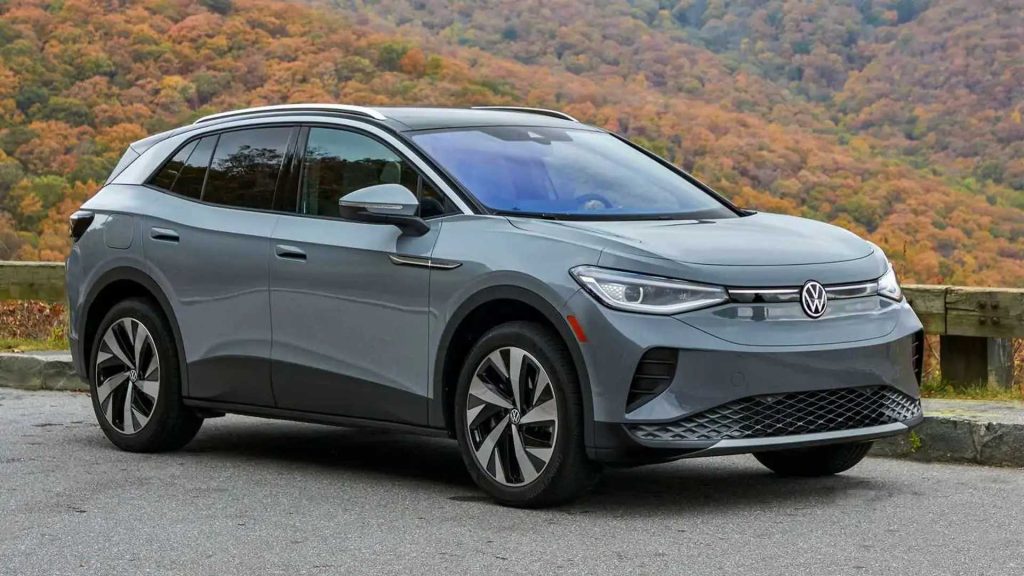
The VW ID.4 was a breakout performer with 21,025 sales in Q1, soaring 115% year-on-year. It’s practical, spacious, and solidly engineered, making it an easy pick for families and long commutes.
Its momentum reflects how Volkswagen is successfully translating its brand loyalty into the EV segment. The ID.4’s growth cements it as one of Europe’s most versatile electric SUVs.
4) Volkswagen ID.7
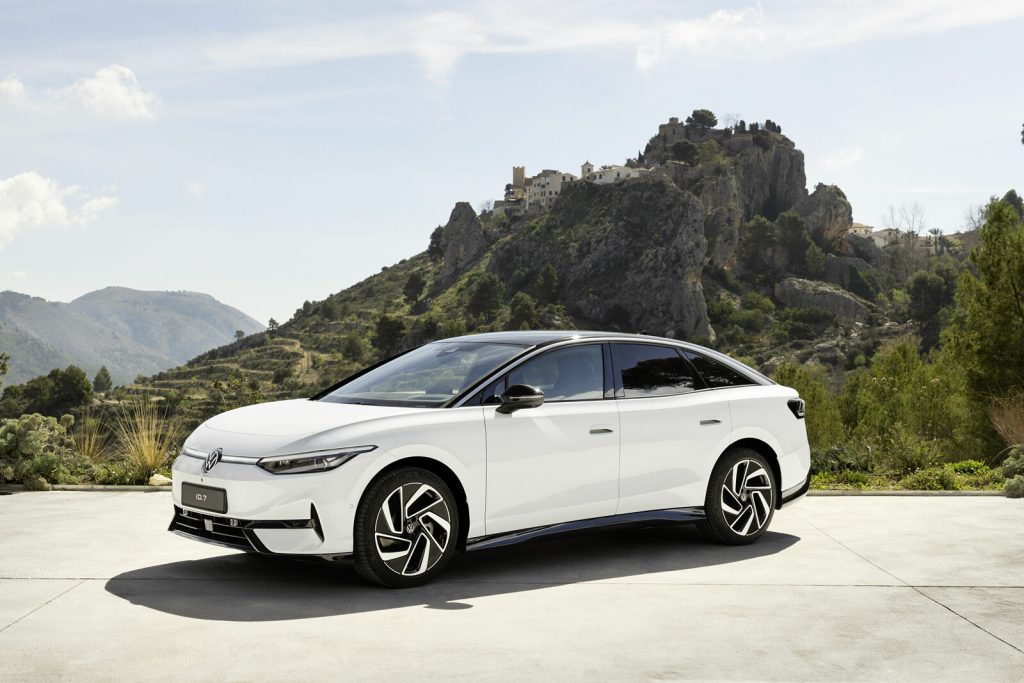
Volkswagen’s ID.7 made a massive splash with 18,770 sales in Q1, an 873% surge that signals its arrival as a premium long-range EV.
With a sleek sedan profile, spacious cabin, and tech-focused features, it targets drivers who want refinement without sacrificing efficiency. Its early success shows how the market is opening up to higher-end electric models that compete directly with Tesla.
5) Kia EV3
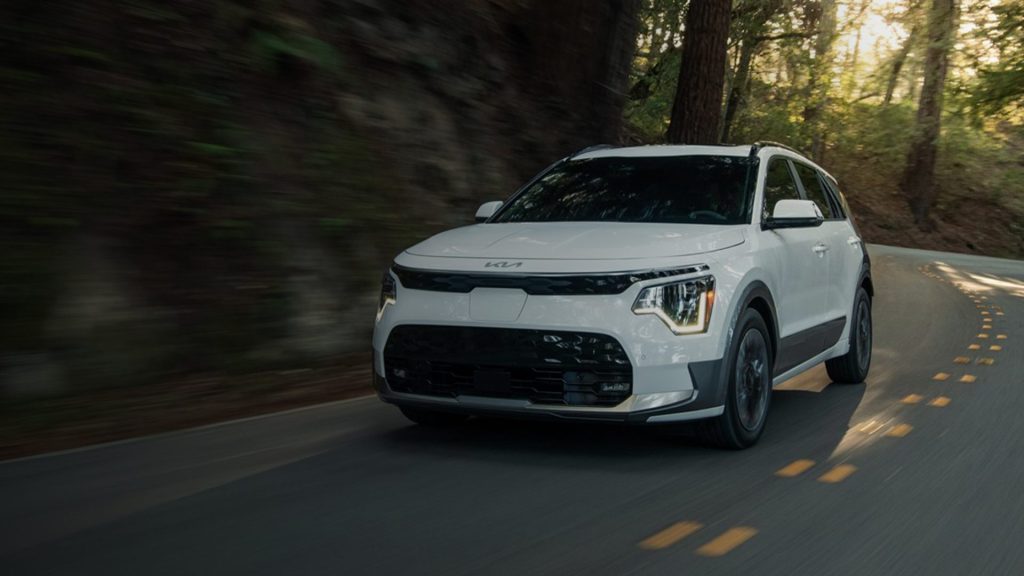
Brand-new to Europe, the Kia EV3 already clocked 18,484 sales in Q1. Compact yet futuristic in design, it resonates with urban buyers seeking affordability and style in a single package.
Kia’s success lies in positioning the EV3 as a fun, everyday car with modern appeal. Its rapid rise underscores how quickly consumer tastes can shift when the right design and pricing align.
6) Renault 5
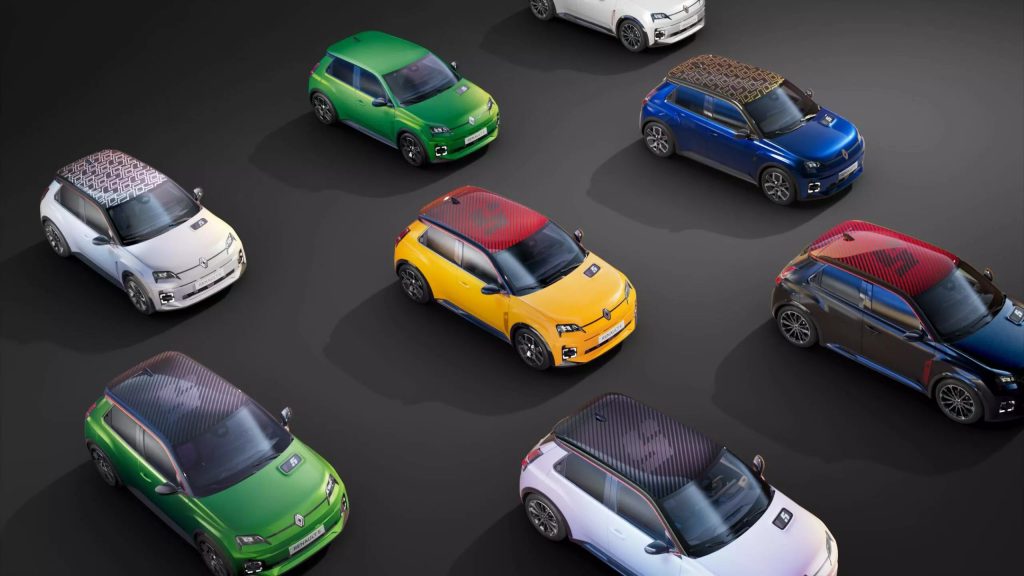
The revived Renault 5 turned heads with 16,948 Q1 sales, blending retro design with modern EV practicality. Compact, city-ready, and nostalgic, it attracts a mix of older drivers who remember the classic 5 and younger city dwellers chasing efficiency.
Its approachable price point and unique personality make it one of the most distinctive additions to Europe’s EV landscape.
7) Skoda Enyaq
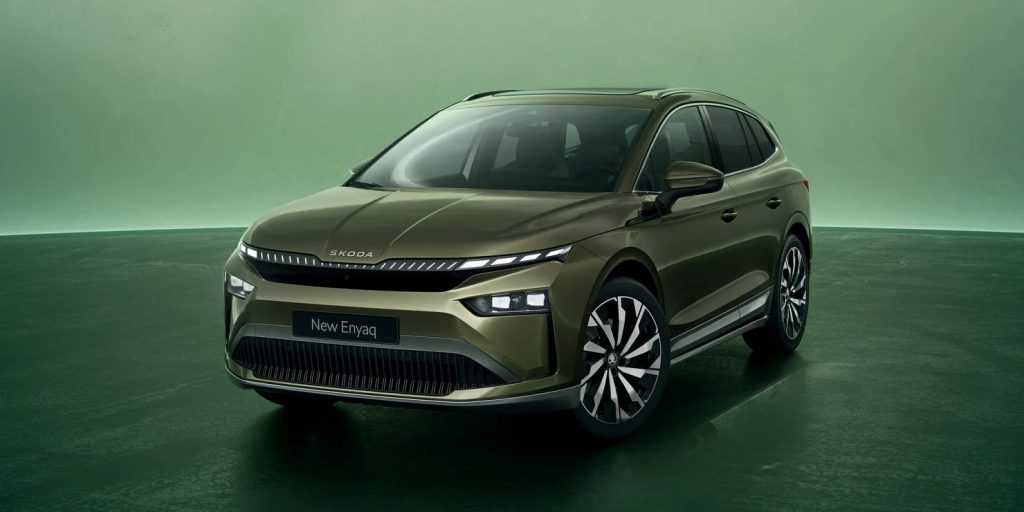
The Skoda Enyaq reached 17,197 Q1 sales, a 58% increase compared to last year. As an affordable yet roomy SUV, it appeals strongly to families who want practicality and comfort without overspending.
Its design strikes a balance between simplicity and modernity, giving it wide appeal across demographics. The Enyaq’s strong growth shows how Skoda is quietly building serious momentum in the EV sector.
8) Volkswagen ID.3
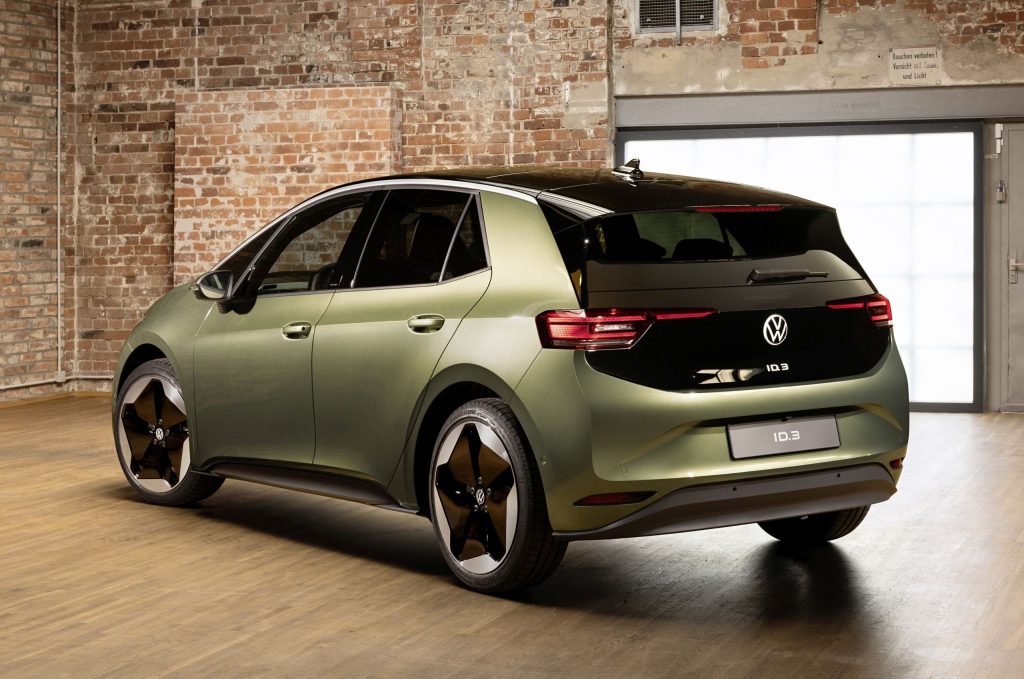
The VW ID.3 held steady with 17,223 Q1 sales, climbing 104% year-on-year. Positioned as an entry-level electric hatchback, it balances price, technology, and Volkswagen reliability.
It’s particularly popular with first-time EV buyers making the switch from traditional compacts. The ID.3 shows that affordability combined with brand confidence is a winning formula for boosting adoption rates in Europe.
9) BMW iX1
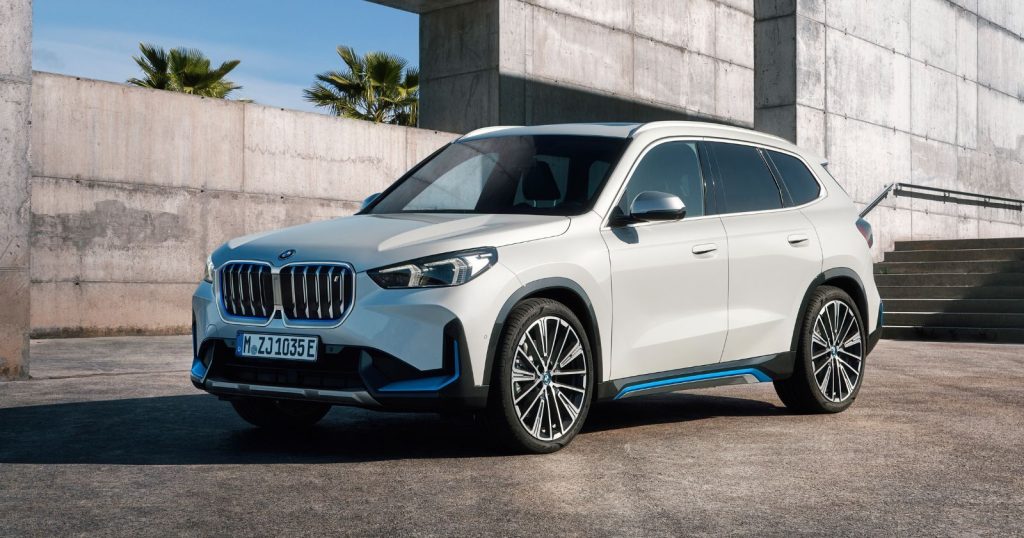
BMW’s iX1 compact SUV sold 14,397 units in Q1, a 34% jump. Offering luxury touches in a smaller, more practical frame, it appeals to professionals and families alike. Its strong range, sharp design, and brand reputation are driving its momentum.
The iX1 is proving that even in the entry-level premium segment, there’s strong appetite for compact electric SUVs.
10) Audi Q6 e-tron
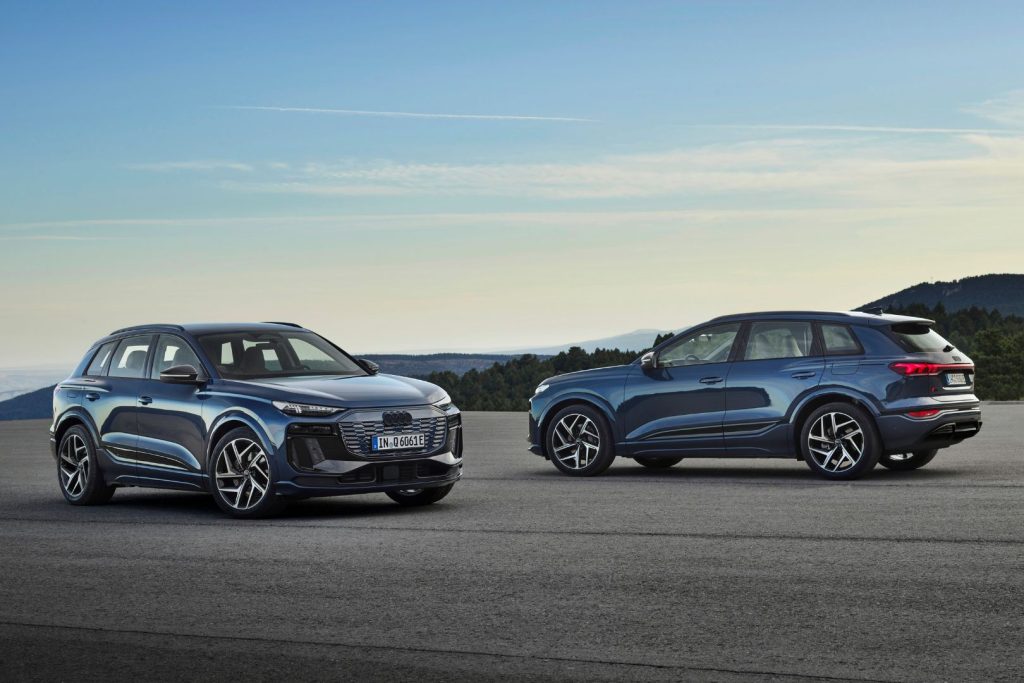
Audi’s all-new Q6 e-tron entered the market with 12,311 Q1 sales, immediately positioning itself as a luxury SUV contender. With long-range capabilities, advanced interiors, and a premium badge, it targets high-end buyers.
Its debut shows Audi’s determination to stay relevant in the premium EV space. The Q6 e-tron signals a strong push toward making electric SUVs an aspirational choice.
11) Audi Q4 e-tron
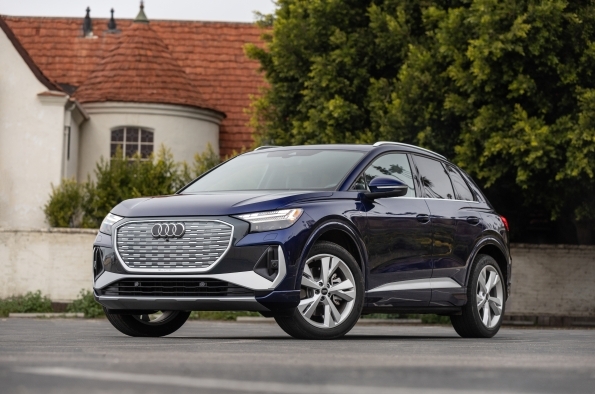
The Audi Q4 e-tron posted 11,667 Q1 sales, up 13% from last year. Compact yet premium, it’s designed for city professionals who want Audi luxury in a smaller footprint. With stylish design, everyday usability, and ca ompetitive range, it’s carving out a strong position.
The Q4 demonstrates Audi’s ability to build consistent Electric Car Sales across multiple body styles.
12) BMW i4
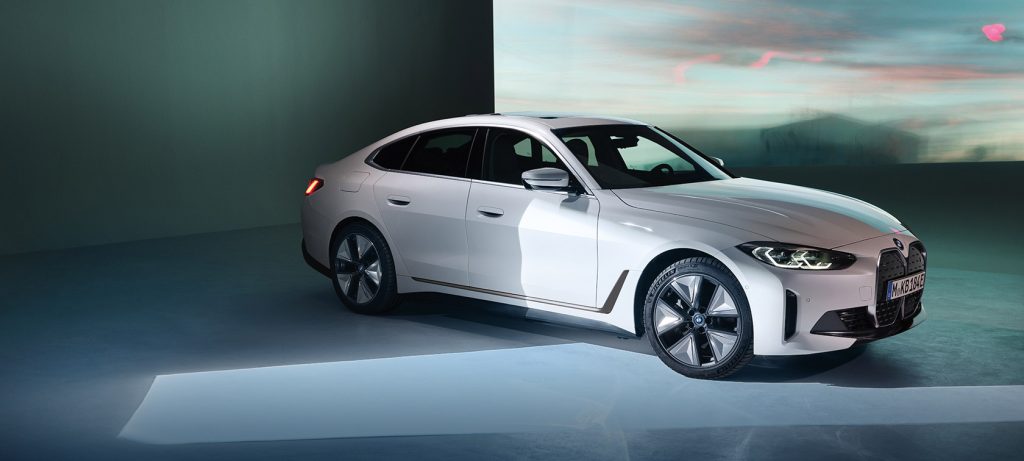
The BMW i4 achieved 12,160 Q1 sales, dipping slightly by 2% year-on-year. As a sleek, performance-driven electric sedan, it brings BMW’s driving DNA into the EV world.
With strong handling, elegant design, and a respectable range, it appeals to buyers who don’t want to compromise on sportiness. Despite its dip, it remains one of the most desirable premium EV sedans.
13) Skoda Elroq
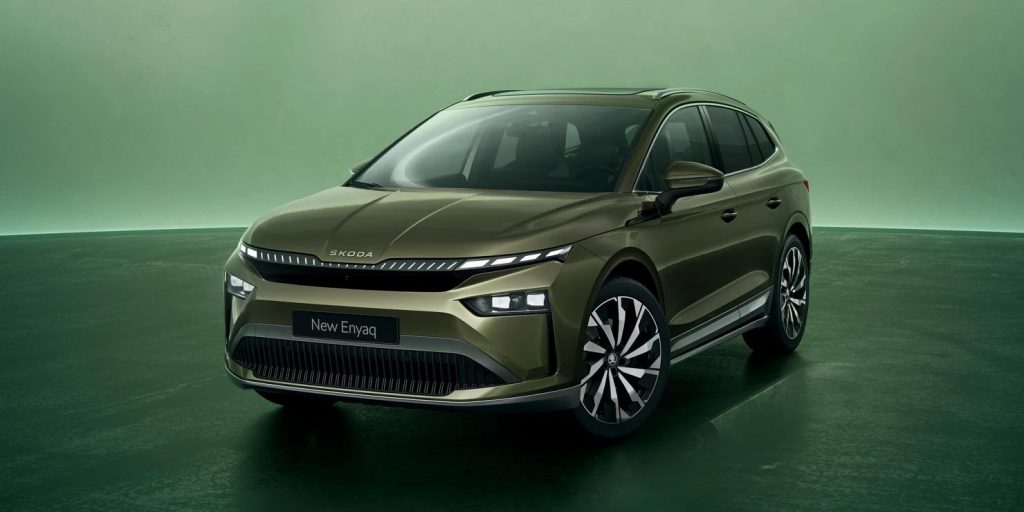
The Elroq is Skoda’s new entrant and already notched 4,580 March sales. Family-oriented and practical, it extends Skoda’s growing EV lineup into new territory. Its affordable SUV design makes it appealing for buyers who prioritize space and value.
The Elroq’s early numbers suggest it will quickly become a strong competitor in the mainstream electric SUV market.
14) Mercedes EQA

Mercedes’ EQA posted 10,790 Q1 sales, up 20% year-on-year. Compact, stylish, and premium, it’s an attractive option for younger professionals entering the EV market.
Combining Mercedes luxury with electric efficiency, it’s seen as an approachable gateway to the brand’s electric portfolio. The EQA proves there’s rising appetite for smaller, high-quality EVs that don’t compromise on prestige.
15) Renault Scenic
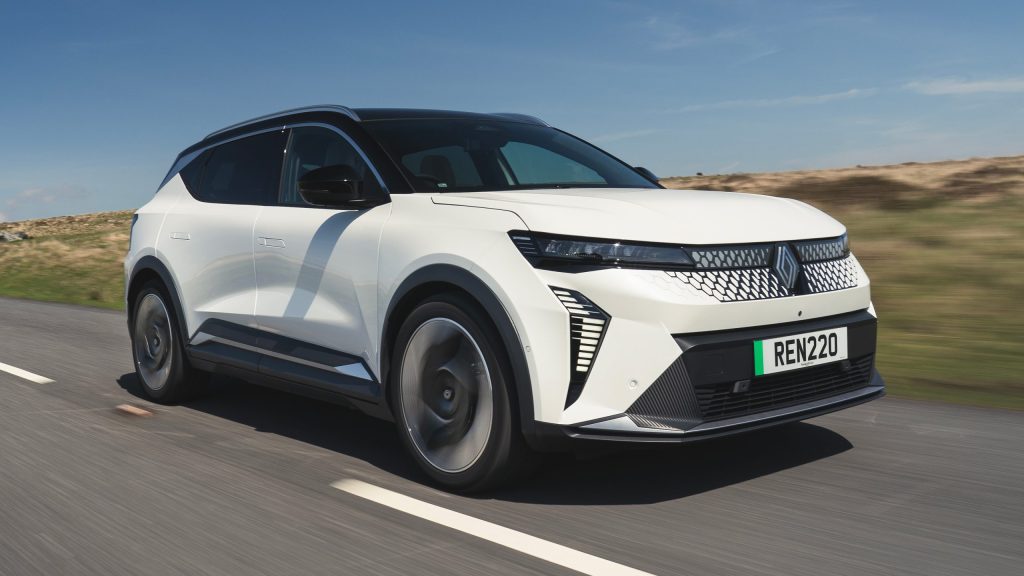
The Renault Scenic returned to form with 9,793 Q1 sales. Designed as a versatile family vehicle, it blends comfort, space, and electric performance in one package. The Scenic appeals to families making their first move into EV ownership thanks to its practicality.
Its resurgence shows how traditional nameplates can succeed when reinvented for the electric era.
16) Volvo EX30

The Volvo EX30 posted 11,720 Q1 sales, though slightly down 14% year-on-year. Its Scandinavian design, safety features, and compact size make it a strong contender in the premium compact EV space.
It appeals to urban drivers who want luxury in a smaller footprint. The EX30 shows how Volvo is pushing its design-forward identity deeper into the EV market.
17) Citroen C3
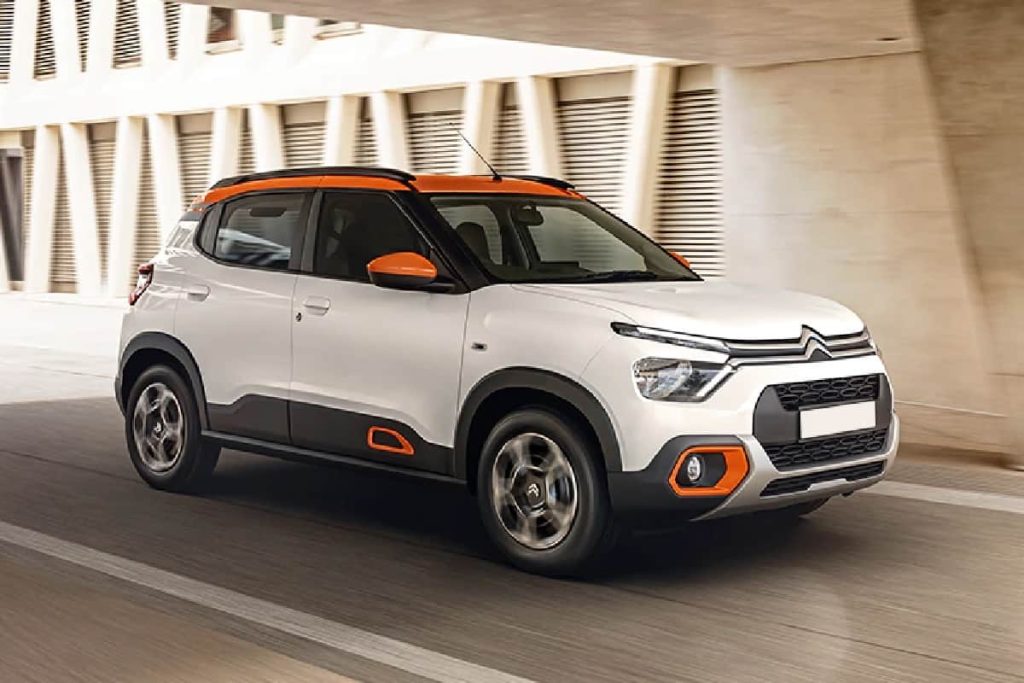
The all-new Citroen C3 achieved 12,381 Q1 sales, signaling how quickly affordable EVs are gaining ground. Compact, practical, and budget-friendly, it’s especially popular in urban markets where price is a key factor.
The C3 offers a no-frills approach that resonates with cost-conscious buyers. Its success highlights how accessible models are critical to mass adoption of electric mobility.
18) Mercedes EQB
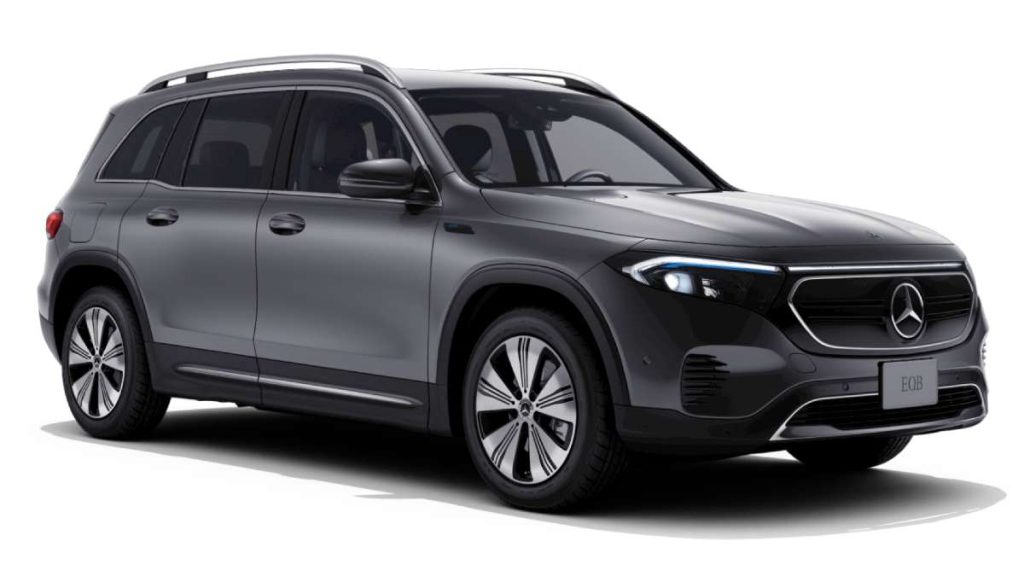
The Mercedes EQB sold 8,466 Q1 units, growing 23% year-on-year. With seven-seat capacity and luxury finishes, it appeals directly to families who want space without giving up prestige.
Its practicality and comfort make it unique in the premium EV segment. The EQB shows how luxury brands can still cater to large families moving toward electrification.
19) Ford Explorer EV
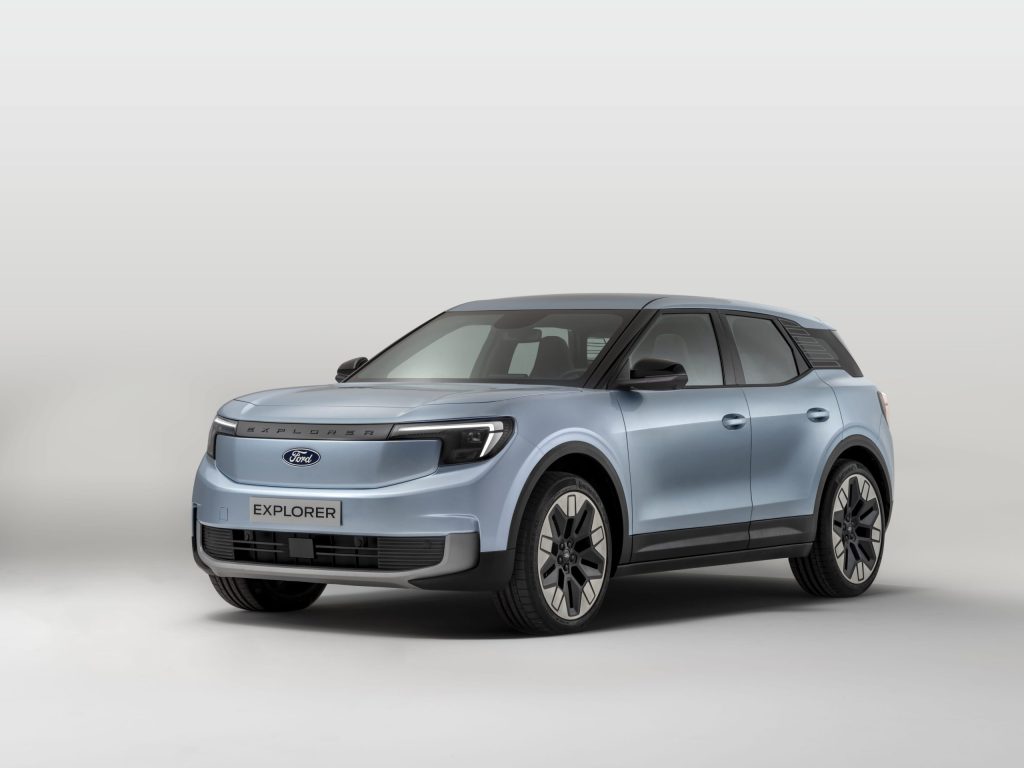
Ford’s new Explorer EV registered 3,903 March sales, marking a bold entry into Europe’s electric SUV market. With American-inspired styling and a commanding presence, it offers something different from European rivals.
Its early success indicates a demand for larger, more powerful Electric Car Sales in Europe. Ford’s push signals its commitment to making EVs central to its global lineup.
20) Cupra Born
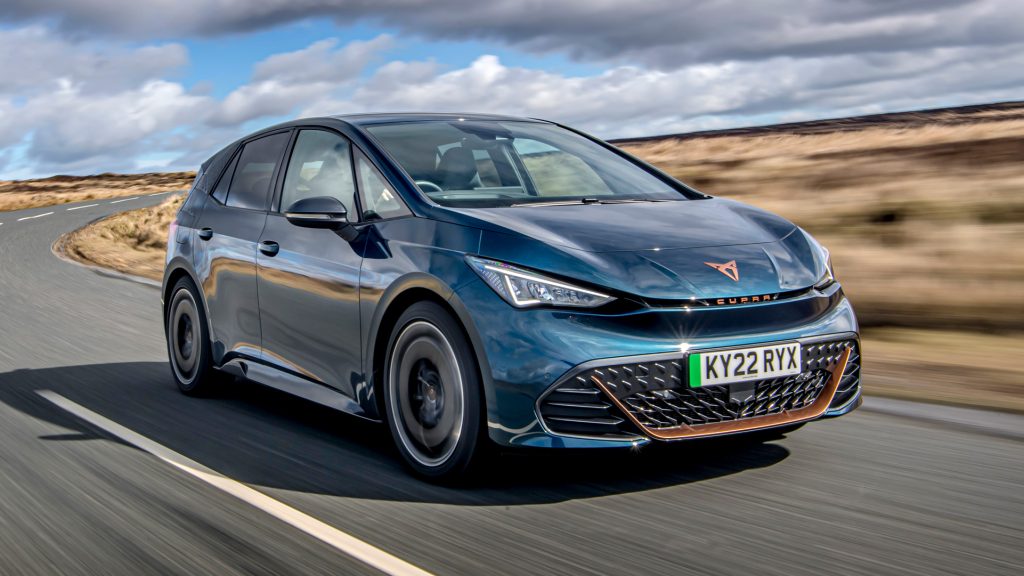
The Cupra Born reached 11,045 Q1 sales, up 64% year-on-year. Sporty, youthful, and modern, it’s designed to appeal to younger buyers who want something different from mainstream EVs.
Its dynamic styling and spirited driving character make it stand out in the crowded hatchback space. The Born proves that adding personality to EVs resonates strongly with Europe’s emerging market of younger drivers.
CITA EV Charger: Powering the Next Step in EV Charging
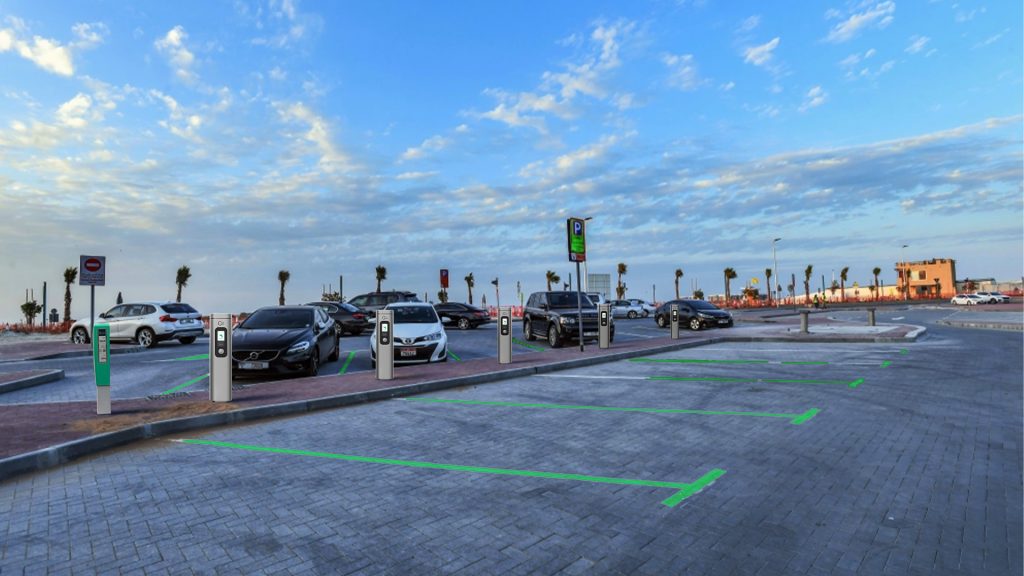
Europe’s electric car sales prove one thing – EV adoption is unstoppable. But the journey doesn’t end with buying an EV; it starts with charging it right. Whether you’re an individual, business, or fleet, the right electric vehicle chargers make all the difference.
At CITA EV Charger, our solutions are compatible with every major EV model and support all connector types – CHAdeMO, GB/T, Type 2, and more. No matter what you drive, we have an EV charger that fits perfectly.
Ready to take the next step?
Reach out to us today to find the ideal charger for your EV.



